“Dance is an art form that triggers emotions and feelings like no other. It provides an opportunity to explore important issues viscerally and emotionally, through the best language on the planet, the movement of the body.” –– Rob Fruchtman
As our global population continues to grow, migration and increasing social and cultural diversity are reshaping countries and communities. New York’s Battery Dance launched its Dancing to Connect programs in 2006. Since that time, the program has spread to 6 continents, 50 countries, 100 cities, and 1,000 schools. While the program has had its share of challenges, Founder Jonathan Hollander believes that “no divide has been too great for the art of dance, the primacy of movement, the common humanity, and expression, to span.”
Produced by Cornelia Ravenal, Mikael Södersten, and Wendy Sax Moving Stories a brilliant new documentary by Wilderness Films follows six dancers from Battery Dance from India to Eastern Europe to the Korean Peninsula to the Middle East as they support vulnerable youth helping them to express themselves through movement. Ravenal says that as a trauma survivor she understood the power of art to “heal and transform.” Ravenal along with husband partner Mikael Södersten collaborated with Hollander on the film because she believed this was a story that had to be told.
Joining us in The Global Search for Education to talk about Moving Stories are Cornelia Ravenal, Jonathan Hollander and Rob Fruchtman, the Director of the film.
Rob what inspired you to make this film?
To me as a director, dance is an art form that triggers emotions and feelings like no other. For that reason, dance can help unlock the secrets, emotions and yearnings inside us, whether we’re trained dancers or ordinary bi-pedal beings. Dance is both a way in and a way out. It provides an opportunity to explore important issues viscerally and emotionally, through the best language on the planet, the movement of the body. No words. Just expression that comes from mind and body talking to each other.
“As soon as kids start to move, they open channels. They start to understand themselves in new ways, and as they awaken their own feelings, they’re better able to empathize with others.” — Cornelia Ravenal
6 dancers, 4 countries, 1 week. Can you talk about the challenges of working with the children in New Delhi, Bucharest, Busan, and Amman?
Cornelia: The film follows Battery Dance to four countries: India, where they worked with girls victimized by gender violence; Romania, with young Roma (Gypsies) from one of Europe’s worst slums; South Korea, with North Koreans who risked their lives to escape; and Iraq, with a young Muslim dancer fighting to survive. We started with shoots in India, where most of the girls in the workshops had survived some sort of sexual exploitation. Because they were so vulnerable, Mikael and I hired a local, Hindi-speaking crew with experience documenting survivors. This was the most sensitive of the shoots, as we needed to establish trust not only with the participants, but also with the NGO’s caring for them. Some of the girls also had serious physical handicaps, which demanded extra care from both teaching artists. In the end, Tadej was as moved by working with these girls as they were with him, creating some of the most beautiful moments in the film.
Rob: In Bucharest, I noticed right away that the divide between non-Roma and Roma (Gypsy) kids was wide. Clement had a particularly difficult group – kids with tons of energy but a real lack of focus. His challenge was to channel that energy into a collaborative dance piece of their own making. Throughout the workshop, I really wondered whether he would pull it off. But his steadiness and determination not to give up on these kids paid off. He had to throw one kid out and demand that others try harder. While some dropped out, the ones who stayed were rewarded with a sense of accomplishment and pride, which seemed to be lacking in their home environments.
In Busan, the North Korean kids seemed afraid to come out of their shell. The South Korean kids seemed to ignore them until Sean pushed them together and gently guided them through movement exercises that forced them to look, hold and coordinate their movements together. It was a remarkable transformation, something they couldn’t achieve before, even with a common language.
Adel was in Baghdad, Clement and Sean in New York. And yet sharing their knowledge with a talented but untrained dancer in a war-torn country seemed to give him not only new tools, but hope. In a situation like this, patience is the greatest virtue. After years leading workshops in difficult places, the Battery Dancers have realized that not giving up is as important as creating a dance.
How did “creating dance” in diverse communities build bridges?
Cornelia: To be able to make dances, you have to use the tools of choreography. Unlike academic subjects, learning those tools depends on movement. As soon as kids start to move, they open channels. They start to understand themselves in new ways, and as they awaken their own feelings, they’re better able to empathize with others. That in turn, enables collaboration. Just by moving together, they can’t help but connect as human beings. As Clement Mensah, one of the dancer-teachers, says in the film, “I don’t have to speak dance in English. I don’t have to speak dance in Arabic. I don’t have to speak dance in Romanian. It becomes the same language.”
Rob: The intent of the Dancing To Connect workshops is to bring disparate groups within a culture together. In South Korea and Romania in particular, the kids separated themselves at the beginning of the workshops. The Battery dancers created exercises that intermingled the two groups, and connections were made that rapidly disintegrated the boundaries that had kept them apart. Regardless of the quality of the performance, these connections forged a bond that lasted beyond the duration of the workshops themselves.
“As the film expresses the basics of human relationships — movement, touch, listening, storytelling, creativity, self-expression — something transcendent is communicated that breathes hope for a better, more humane future.” — Rob Fruchtman
Can any dance teacher use your film as a resource? How could it provide a roadmap for change?
Cornelia: The dancer-teachers in the film are really role models, not just for students but for all educators. My mother, who taught art for over 40 years, said that the film made her want to go back and teach again, because she saw so many new possibilities. The Dancing to Connect program is itself a blueprint. Building blocks enable students to accomplish increasingly challenging and complex tasks. When students master one, they’re more confident tackling the next. And that confidence is contagious, from one student to the next. On top of that, they’re preparing to perform in public. In each workshop, there’s just one week to take young people who may be enemies, who may have been abused, who may be fearful – who may not want to move at all – to a place where they not only express themselves through dance, but perform for their communities. And every time, they pull it off. That in itself creates in young people a lasting sense of mastery and of possibility. It also shows, unequivocally, that profound transformation is indeed possible – and in a surprisingly short time.
In what other ways do you hope your film will make a difference?
Cornelia: As filmmakers, we believe that suffering is born of disconnection: from others, from opportunities, from hope and even from our own bodies. But we have the power to address that suffering through connecting. Our film shows teachers and students, kids from different backgrounds, and people from different cultures connecting through the universal language of movement. But the film also offers intimate glimpses into the lives and experiences of people we often see as “the other” – yet here we see them with the same longings and fears that we all share.
Rob: As race, religion and ethnicity divide people the world over, we hope that the film will show that we can connect with each other through something fundamental to all humans: movement. And as the film expresses the basics of human relationships — movement, touch, listening, storytelling, creativity, self-expression — something transcendent is communicated that breathes hope for a better, more humane future.
Jonathan do you believe your model is scalable?
The question of scalability is made manifest by the rapid expansion of our programs globally. We address scale and sustainability by training local dancers, dance teachers and others such as theater and physical education teachers by having them shadow and partner with our teaching artists when we run Dancing to Connect workshops. We have also conducted a training program, ‘Dancing to Connect Institute’ in four iterations in New York City, with participants including NYC public high school teachers, recently matriculated dance majors from American and international universities, and professionals working in the field of dance education.
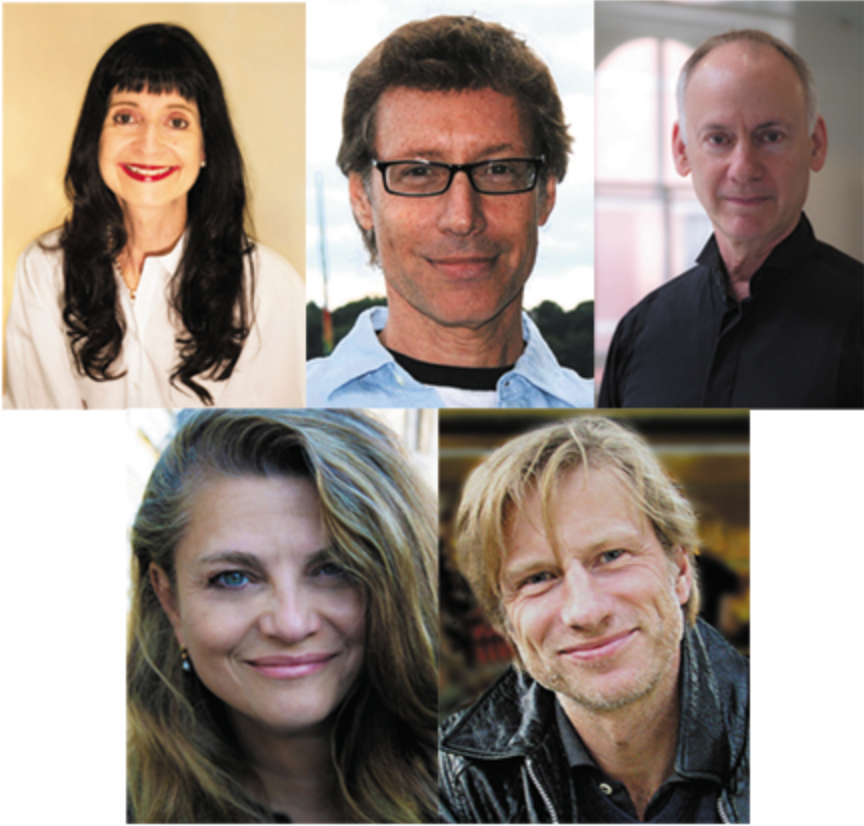
Top row L to R: C. M. Rubin, Rob Fruchtman, Jonathan Hollander
Bottom row L to R: Cornelia Ravenal, Mikael Sodersten
Join me and globally renowned thought leaders including Sir Michael Barber (UK), Dr. Michael Block (U.S.), Dr. Leon Botstein (U.S.), Professor Clay Christensen (U.S.), Dr. Linda Darling-Hammond (U.S.), Dr. MadhavChavan (India), Charles Fadel (U.S.), Professor Michael Fullan (Canada), Professor Howard Gardner (U.S.), Professor Andy Hargreaves (U.S.), Professor Yvonne Hellman (The Netherlands), Professor Kristin Helstad (Norway), Jean Hendrickson (U.S.), Professor Rose Hipkins (New Zealand), Professor Cornelia Hoogland (Canada), Honourable Jeff Johnson (Canada), Mme. Chantal Kaufmann (Belgium), Dr. EijaKauppinen (Finland), State Secretary TapioKosunen (Finland), Professor Dominique Lafontaine (Belgium), Professor Hugh Lauder (UK), Lord Ken Macdonald (UK), Professor Geoff Masters (Australia), Professor Barry McGaw (Australia), Shiv Nadar (India), Professor R. Natarajan (India), Dr. Pak Tee Ng (Singapore), Dr. Denise Pope (US), Sridhar Rajagopalan (India), Dr. Diane Ravitch (U.S.), Richard Wilson Riley (U.S.), Sir Ken Robinson (UK), Professor Pasi Sahlberg (Finland), Professor Manabu Sato (Japan), Andreas Schleicher (PISA, OECD), Dr. Anthony Seldon (UK), Dr. David Shaffer (U.S.), Dr. Kirsten Sivesind (Norway), Chancellor Stephen Spahn (U.S.), Yves Theze (LyceeFrancais U.S.), Professor Charles Ungerleider (Canada), Professor Tony Wagner (U.S.), Sir David Watson (UK), Professor Dylan Wiliam (UK), Dr. Mark Wormald (UK), Professor Theo Wubbels (The Netherlands), Professor Michael Young (UK), and Professor Minxuan Zhang (China) as they explore the big picture education questions that all nations face today.
The Global Search for Education Community Page
C. M. Rubin is the author of two widely read online series for which she received a 2011 Upton Sinclair award, “The Global Search for Education” and “How Will We Read?” She is also the author of three bestselling books, includingThe Real Alice in Wonderland, is the publisher of CMRubinWorld and is a Disruptor Foundation Fellow.
Follow C. M. Rubin on Twitter: www.twitter.com/@cmrubinworld

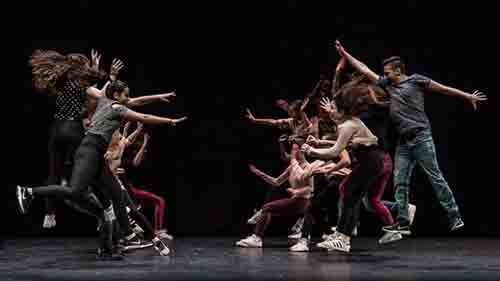
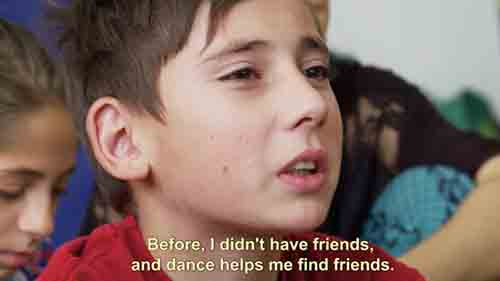
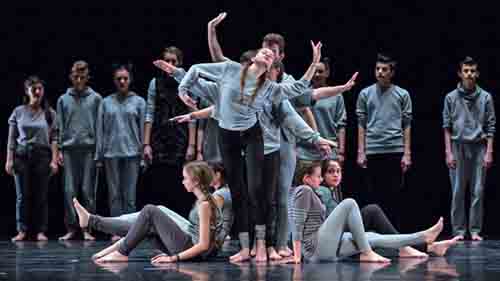
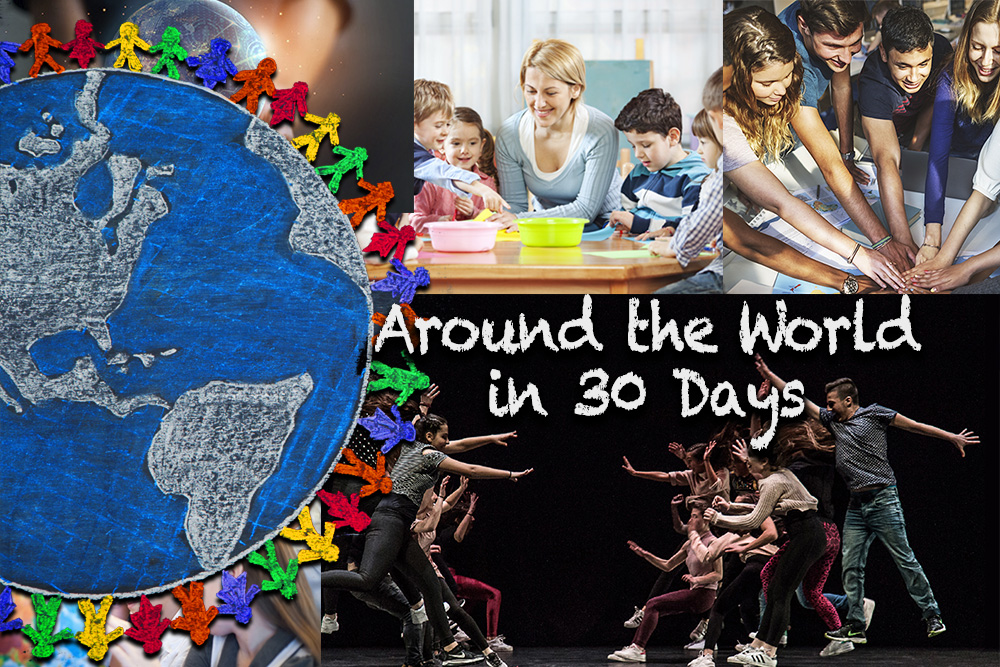

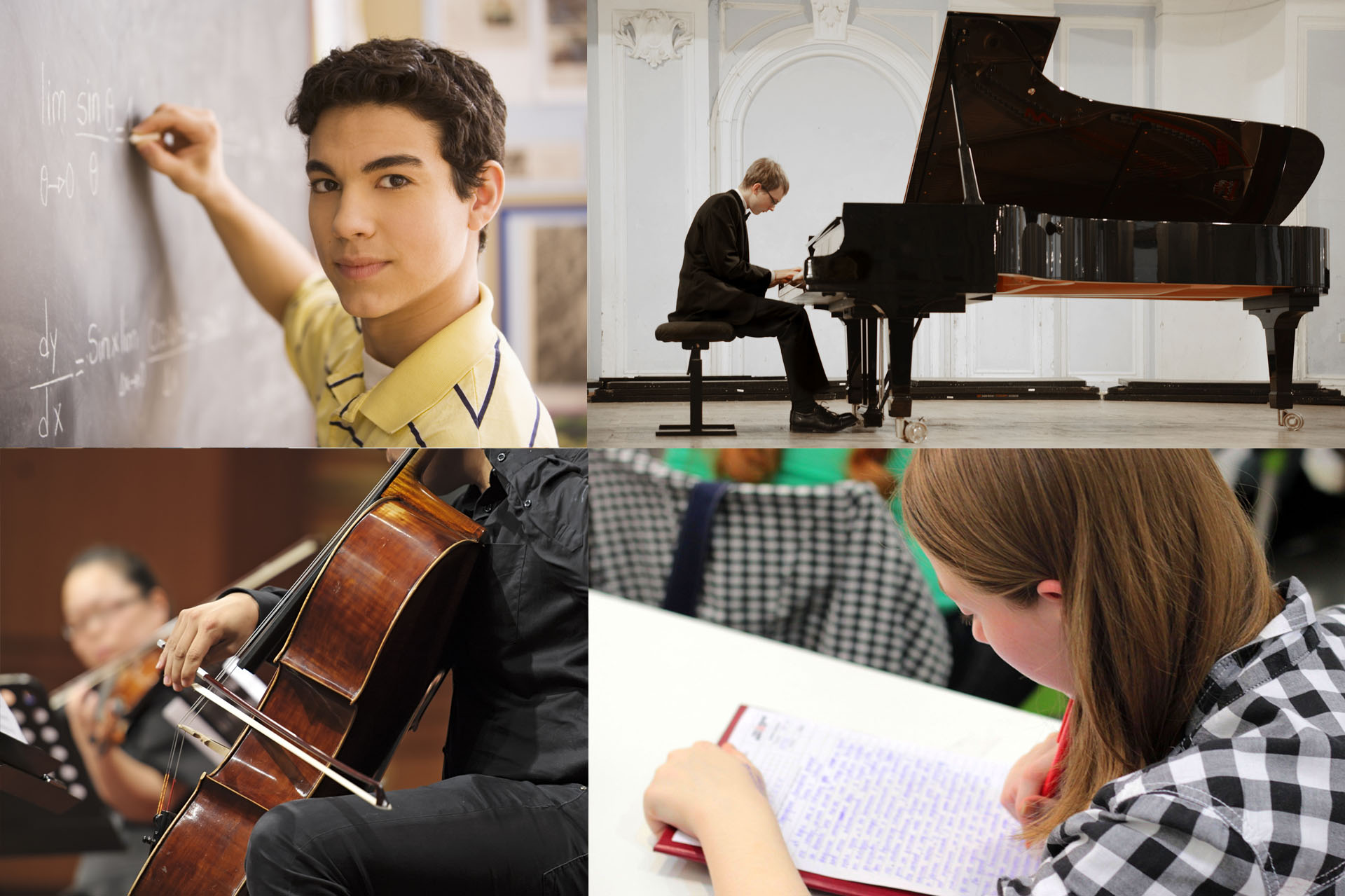
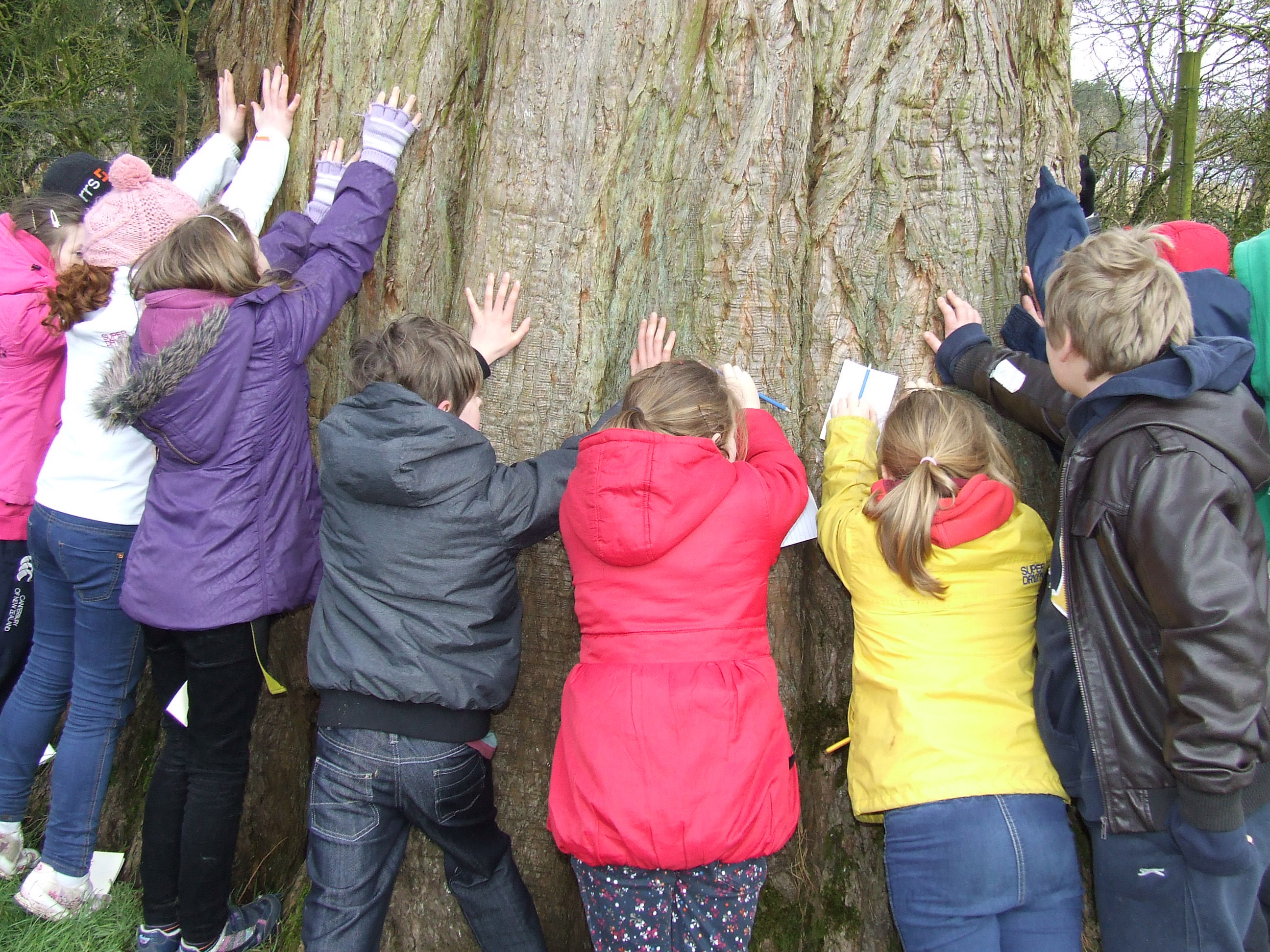
Recent Comments